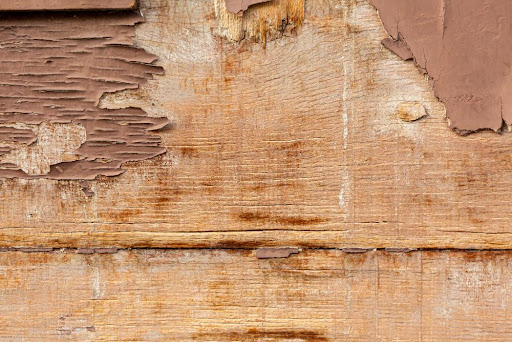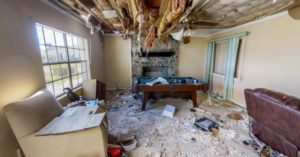Unseen yet unrelenting, dry rot is the homeowner’s nightmare, capable of bringing building structures to their knees. This is not merely a repair bill in waiting; it’s a direct challenge to the safety and sanctity of our lives and living spaces. As such, this guide is much more than just a how-to on dry rot treatment; it’s about architectural preservation and safeguarding our homes and buildings from the insidious creep of decay. Without further ado, let’s examine the culprit.
Understanding Dry Rot
At its core, dry rot is the work of wood-feasting fungi, a natural demolition crew that targets the wooden framework of our buildings. However, the name “dry rot” is misleading. Why? It thrives best under moisture-laden conditions, and damp wood is its banquet. Like a biological wildfire, dry rot can surge through structures, leaving them brittle and broken within a span of months or even weeks, depending on the conditions.
The villain at work here is Serpula lacrymans, a basidiomycetes fungus with an appetite for destruction. Often arising as a result of dampness from a sneaky leak, lack of ventilation, or wet masonry, this fungus eats away at timber’s sturdiness, jeopardising the frame of any building in which it finds itself.
Preventing Dry Rot
The key to preventing dry rot is to control moisture. Hence, to turn the tide in the battle against dry rot, try the following:
- Limit Dampness: Champion ventilation within your building. Deploy dehumidifiers where the air is thick with moisture, and seal leaks without delay.
- Fortify with Sealing: Like a castle’s battlements, seal every potential breach. Let waterproof sealants be your barricades around windows, doors, and utility conduits.
- Steady Maintenance: Regular inspection for signs of water penetration is crucial. Keep a watchful eye on the usual suspects: roofs, gutters, plumbing, and the building’s foundation.
- Strategic Design: When designing new structures or renovating the old, opt for materials that are immune to rot, i.e., treated wood or non-organic substitutes.
- Innovative Landscaping: Sculpt the earth around your building to repel water like a shield, not direct it toward your foundation.
Treating Dry Rot
Upon discovering dry rot infiltration, swift and decisive action is imperative. This should include:
- Identifying the Source of Moisture: Diagnose the access of water and rectify it. This could mean patching leaks or augmenting airflow.
- Removal of the Infected: Cut out the rot-afflicted wood, leaving no potential haven for the fungus.
- Treat the Area: After removing the fungi-infested wood, a fungicide should be applied to cleanse the area of lingering fungal spores.
- Restoration and Reinforcement: Instate new, rot-resistant timber in place of the old, ensuring it’s shielded against moisture.
- Ongoing Surveillance: Keep a constant vigil on the affected zones for any resurgence of rot or moisture.
- Enlisting Expertise: When all is said and done, dry rot is a crafty adversary, often necessitating the involvement of professionals. They bring a trained eye to assess the damage, pinpoint moisture sources, and organise a remedial master plan, ensuring the fortifications against future fungal attacks are impenetrable.
Finding these professionals isn’t rocket science either; a quick Google search with “damp proof specialists near me” will undoubtedly direct you to some experts within your locale.
Conclusion
The problem of dry rot is one of hidden danger but with potential redemption. Awareness and proactive defence against this pestering nuisance can make the difference between a home’s longevity and its premature demise. At the end of the day, dry rot treatment is not just about fixing damage but forestalling it. Control moisture, and you control the fate of your building against the insidious threat of dry rot.





Be First to Comment